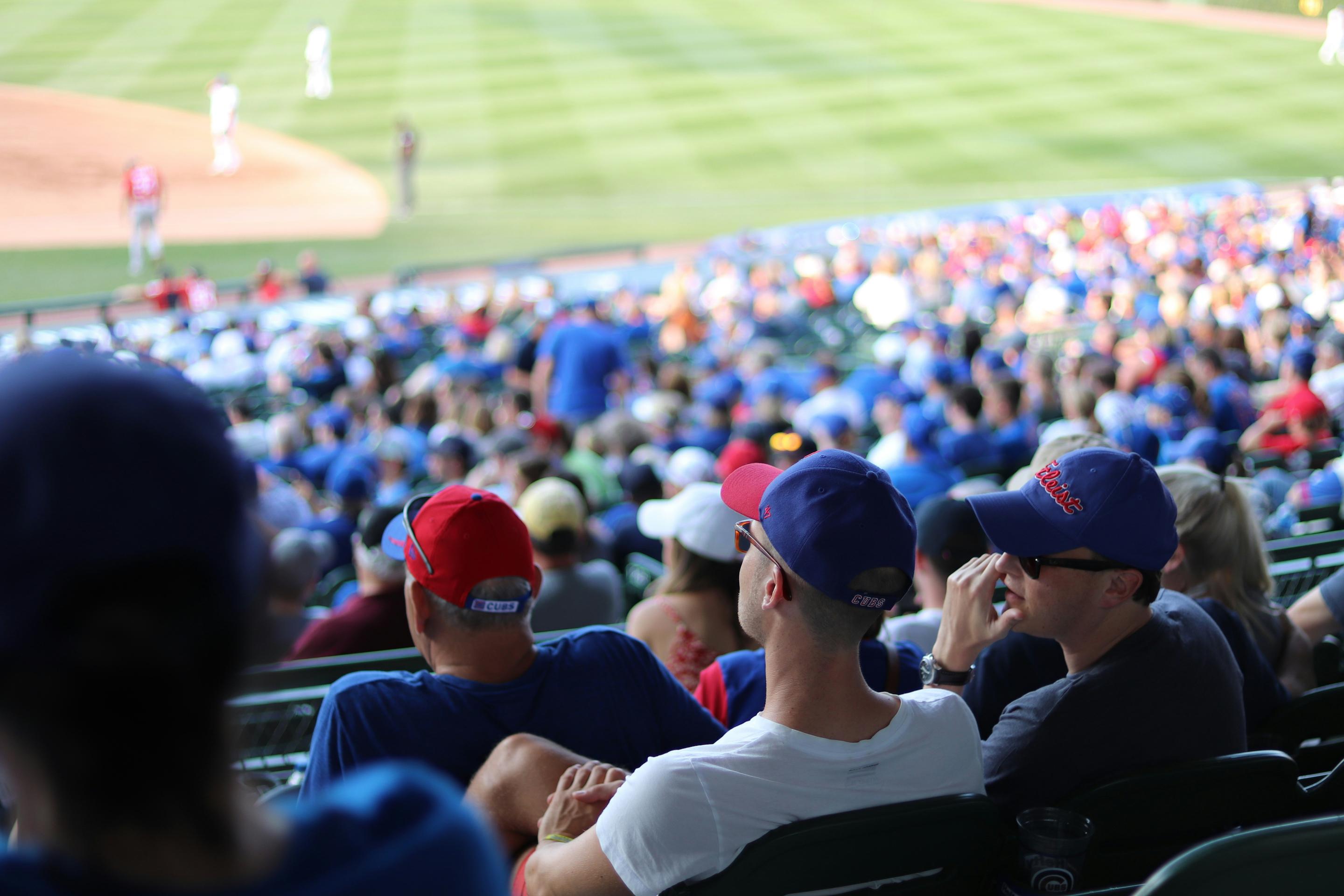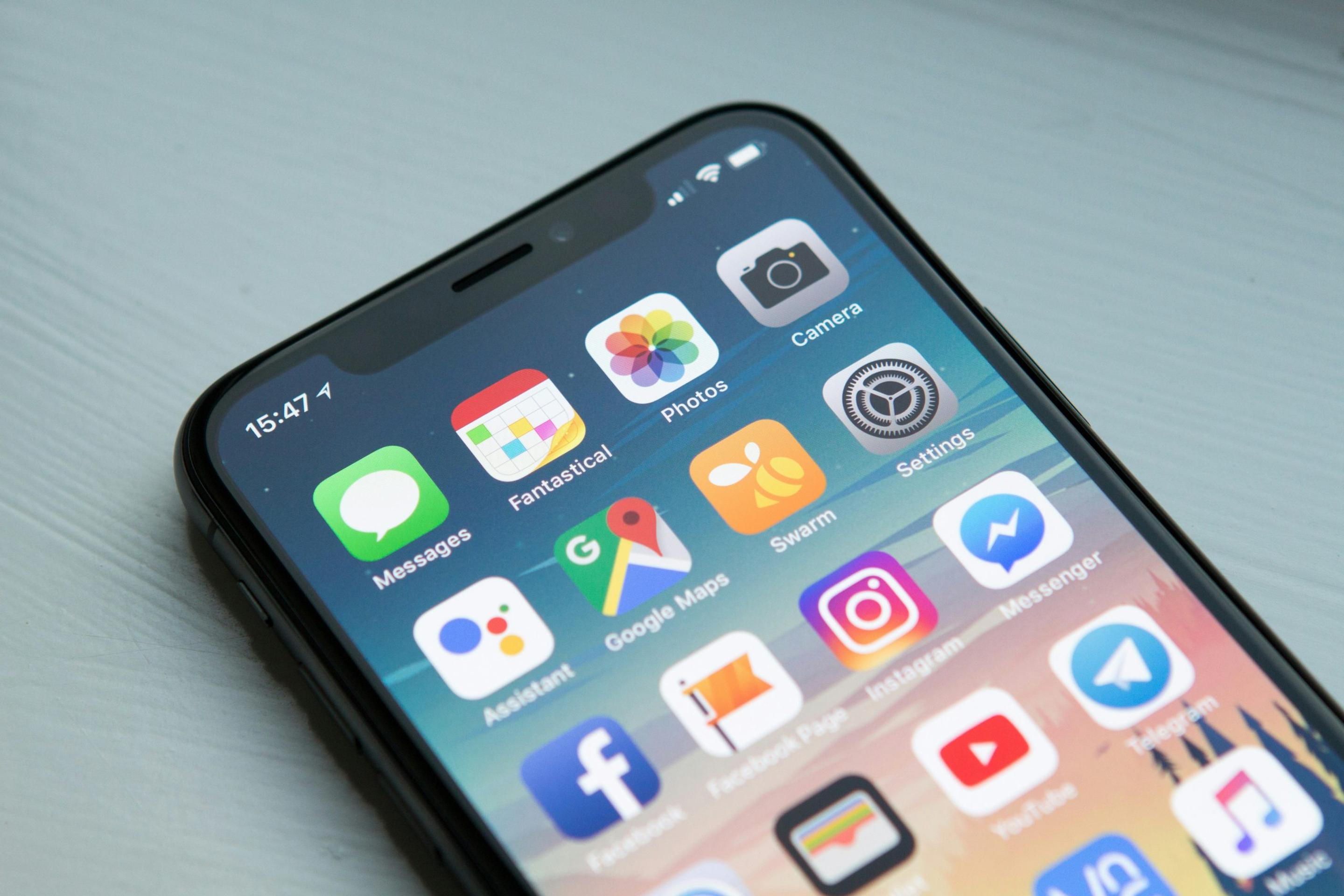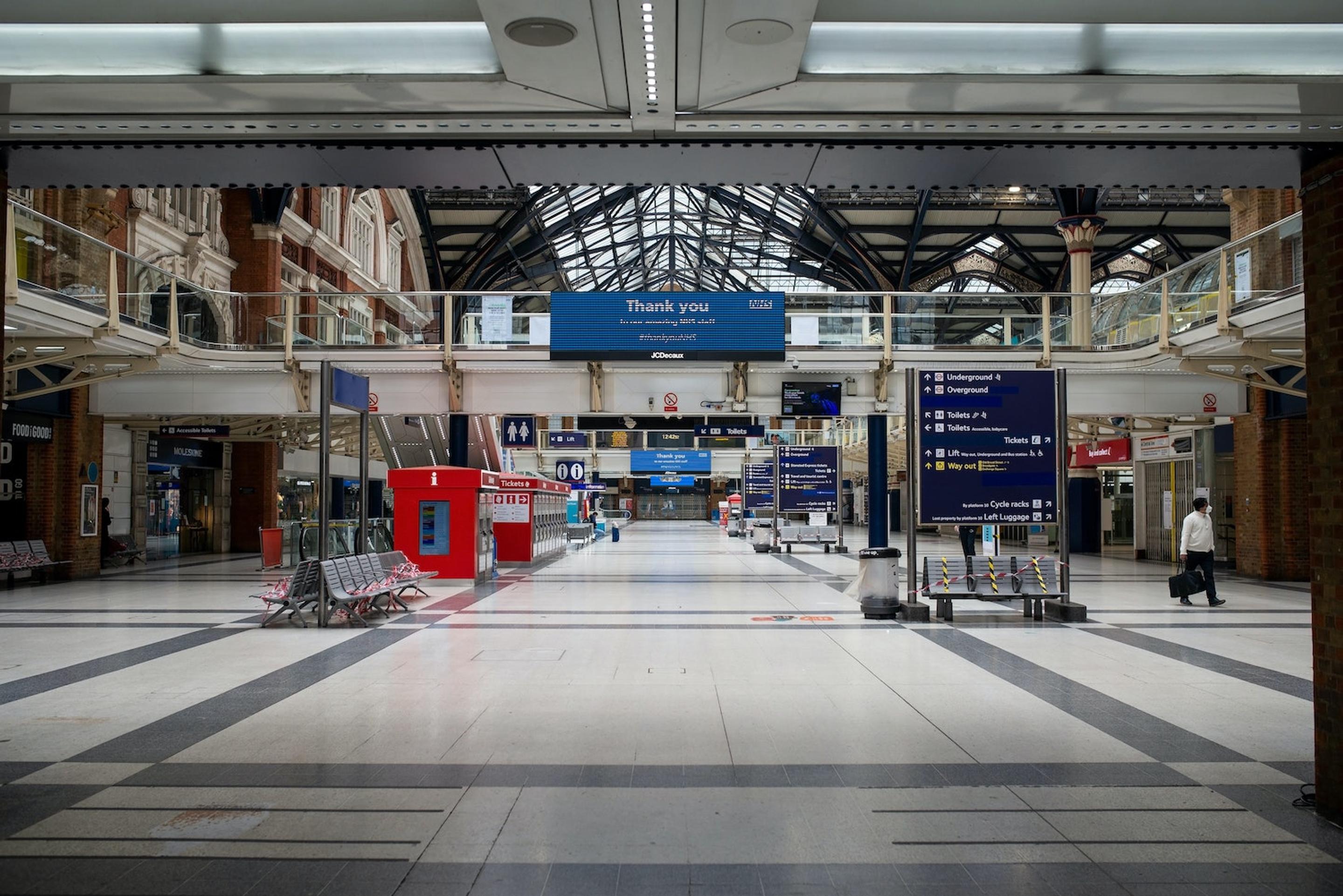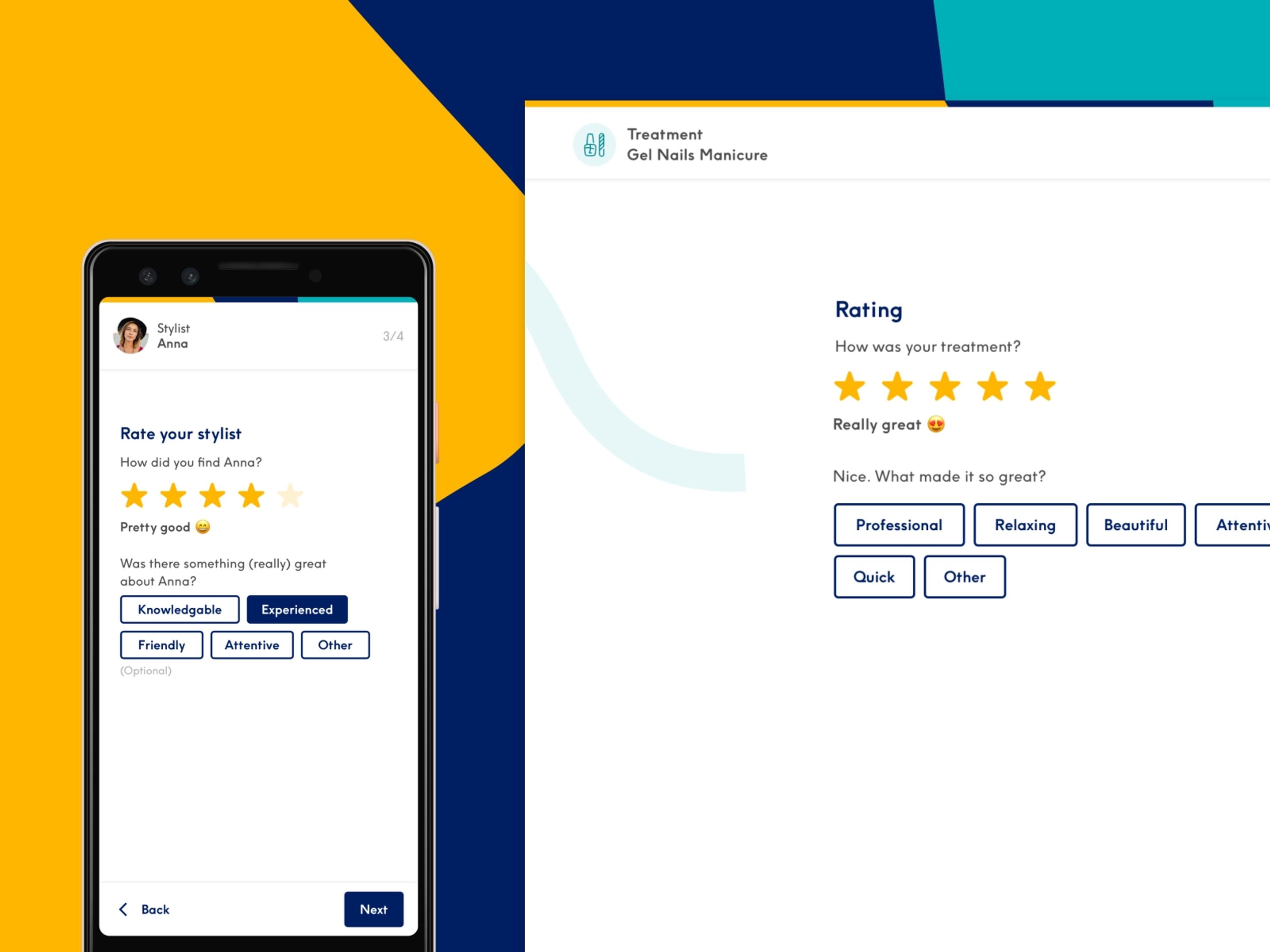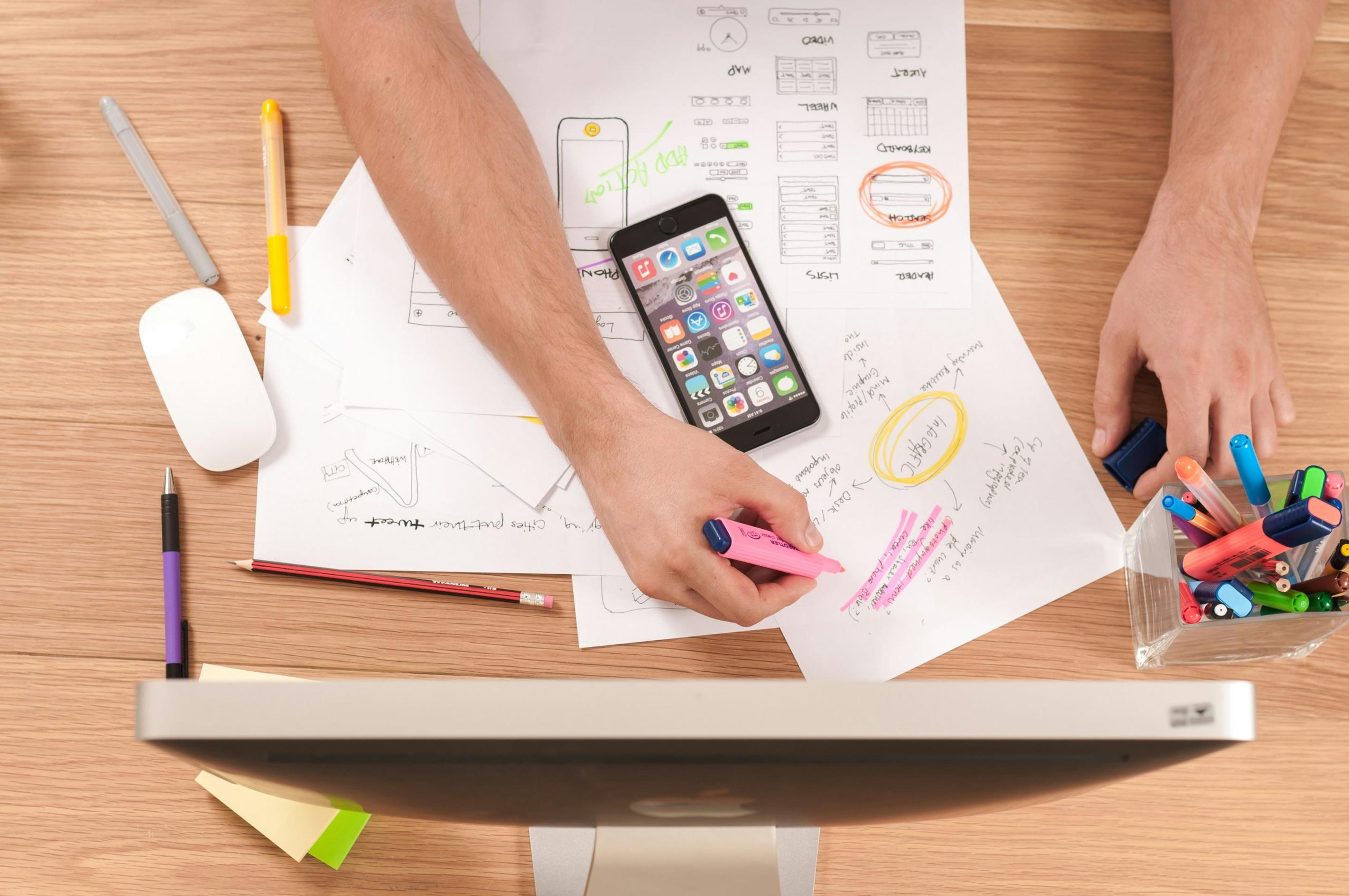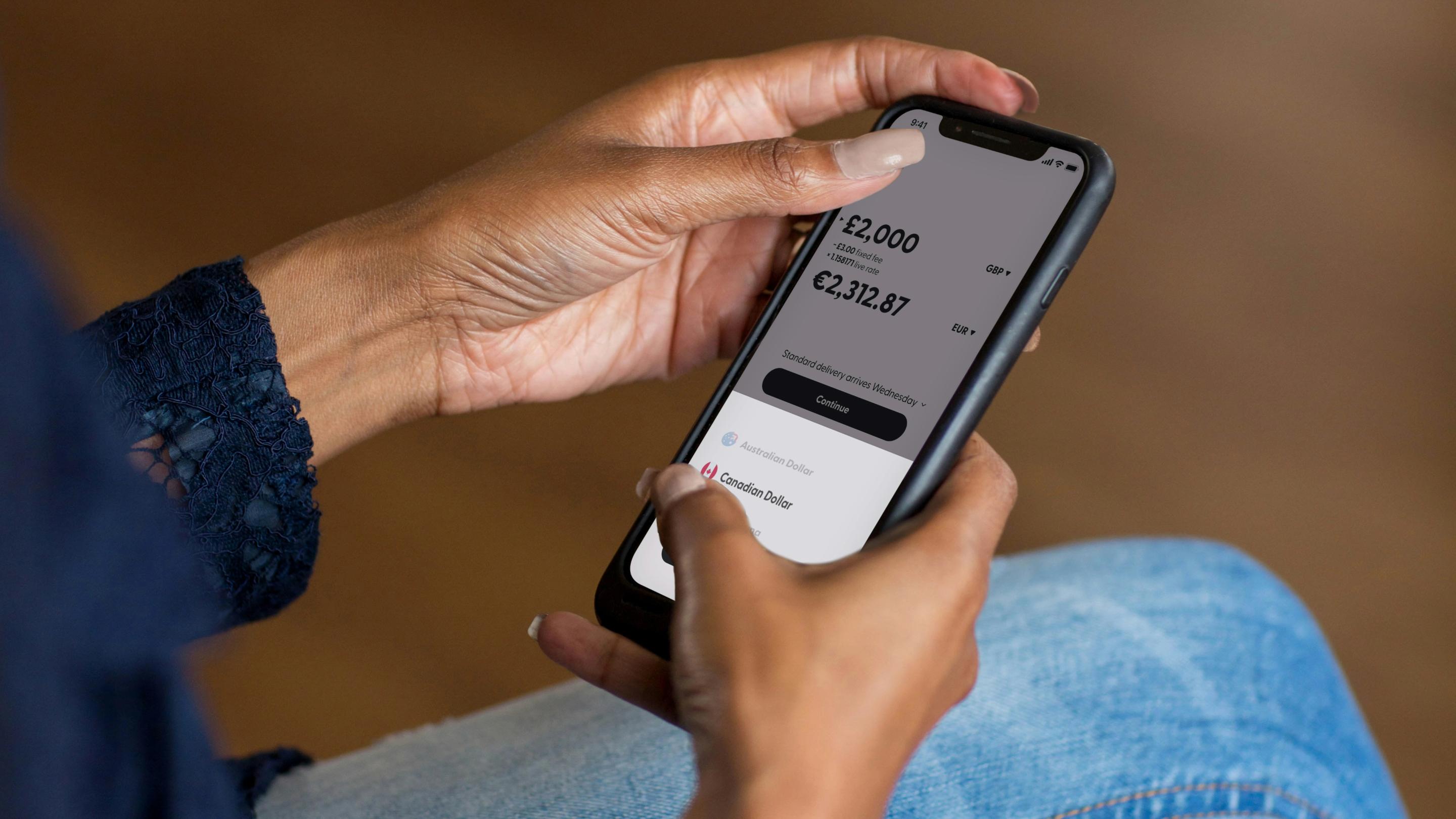That's BS: understanding behavioural design
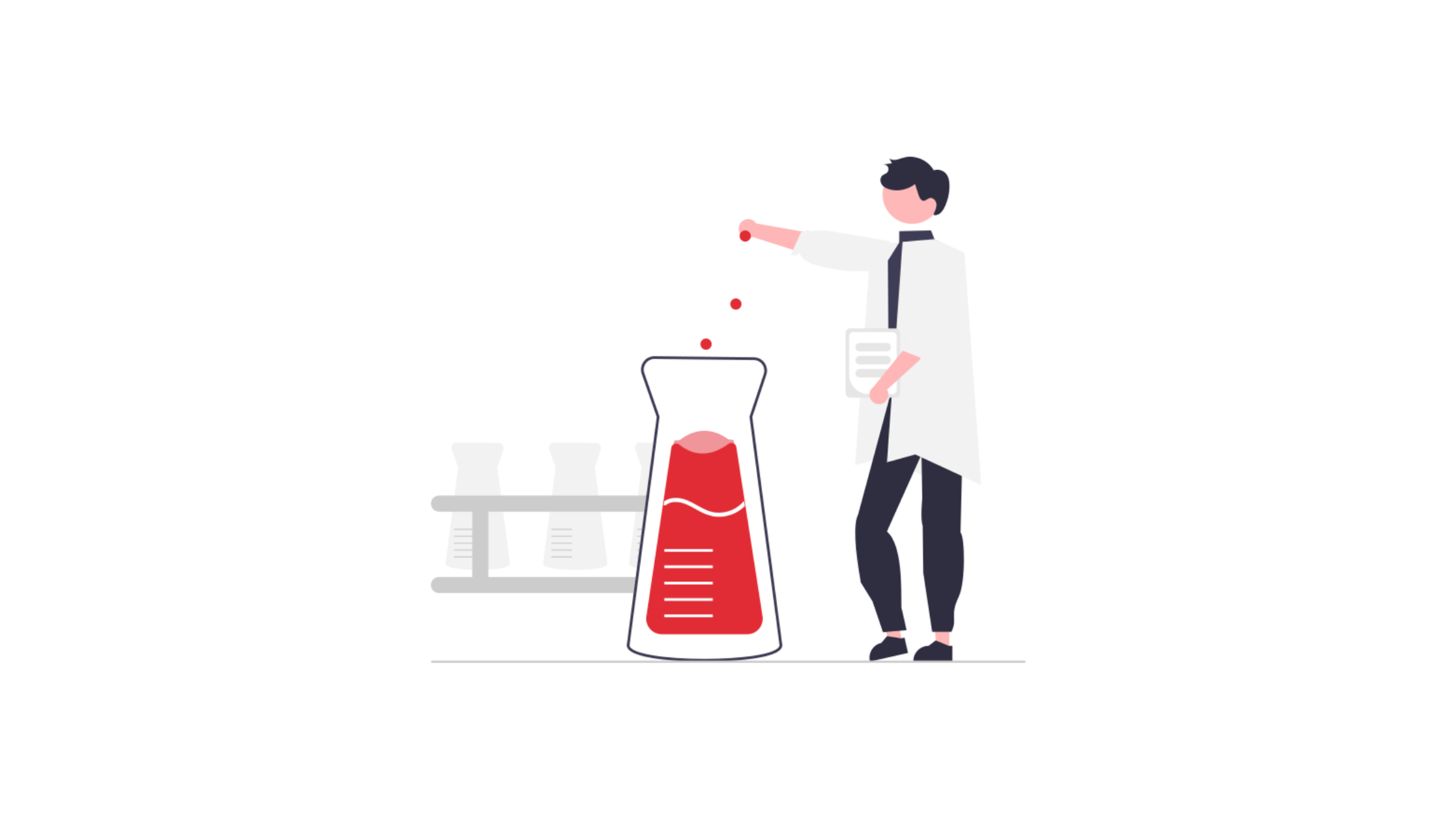
In our 21 years of designing digital products and experiences, we’ve used a wide range of different research techniques and methodologies to help enhance our understanding of the opportunities we’re looking to create or the problems we’re trying to solve. A developing field that has caught our attention is behavioural science, which is emerging as a growing discipline in its own right but has some exciting potential for the digital world. Behavioural science provides us with a genuinely differentiating set of considerations, which allows us to elevate experiences and the opportunity to drive long-term product use through behaviour change and the creation of habits.
We recently hosted an event on how to design digital products that stick. The event explored topics around long-term use, brand loyalty and commercial gain, focusing on creating behaviour change in order to keep users returning to a product time and time again.
We spoke about how aspects of behavioural science create user habits and how we applied elements of this to create successful experiences that stick for our own clients, like Domino’s Pizza and FirstGroup. This spurred on some follow-up questions from attendees, mainly around what behavioural design is and how to apply it properly to their brand’s products. So, we once again teamed up with Behavioural Strategist Samuel Salzer to understand behavioural design and how brands can start using behavioural design to deliver digital products and services for long-term use.
So, what on earth are we talking about when we mention behavioural design?
A simplified definition
Behavioural science is the study of how we as human beings make decisions and interact with the world around us. It involved combining insights from lab and field experiments to understand why a person might do a certain behaviour and what influences that behaviour. Behavioural science furthers our understanding of the basic principles that underlie human behaviour. This allows us to discover many things about human behaviour but it doesn’t take into account everything that matters.
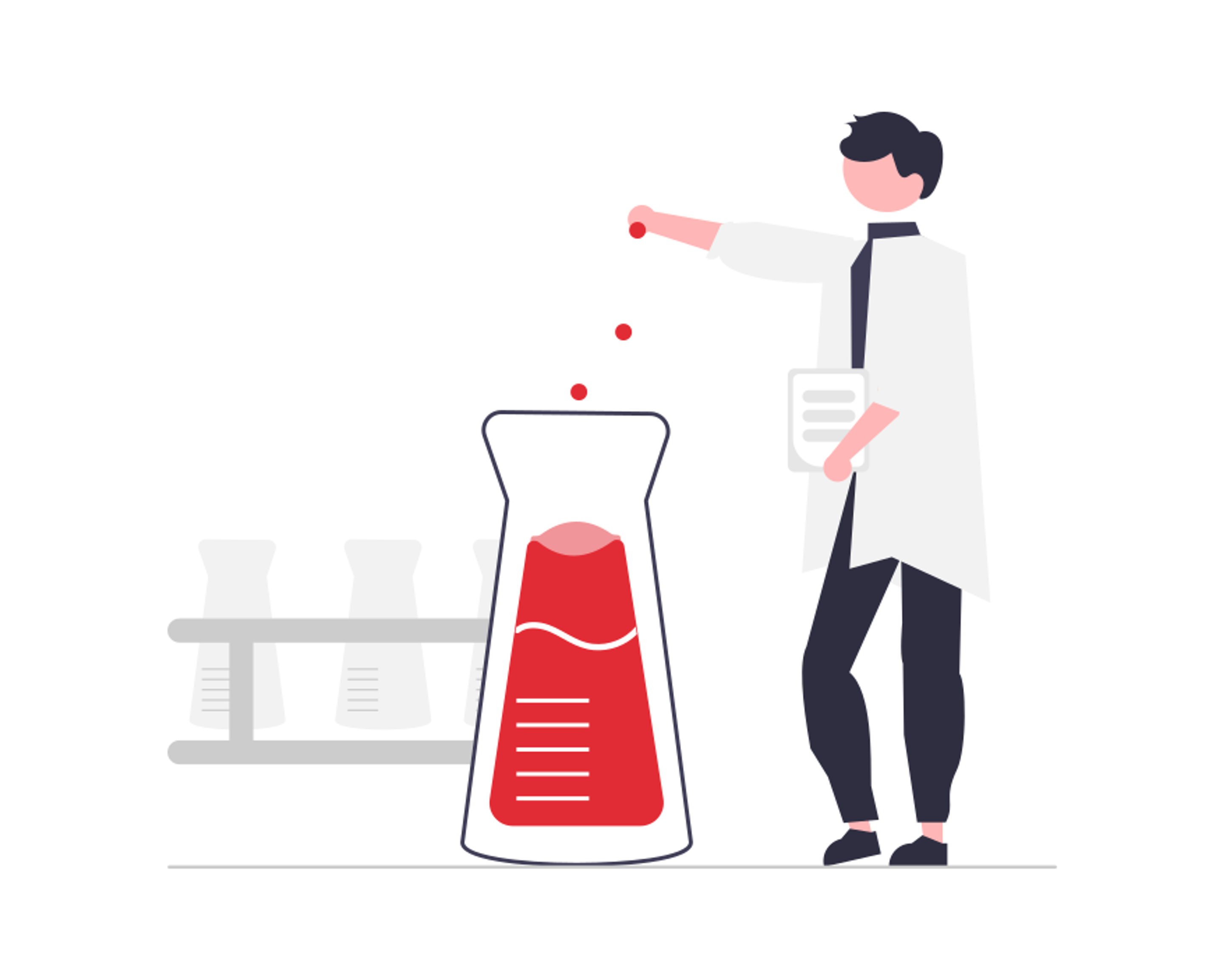
Behavioural design is the application of behavioural science with a goal to change human behaviour. It combines applied behavioural science with design thinking. Applied behavioural science explicitly goes beyond the research. It’s distinct from academic behavioural science (mentioned above) – which mainly furthers our understanding of human behaviour – in that it attempts to change behaviour in real-world contexts, rather than just studying it.
"Applied behavioural scientists look at the research presented and think, how can these insights be effectively and ethically put to practice?” explains Salzer.
Although behavioural scientists are really good at desk research and making sense of the data from a behavioural lens, they might struggle with involving users throughout the process. You’ll rarely see academics doing as much user research, testing, or interviews. However, someone that comes from a design background or from a user experience role is really good at considering real-world users throughout the process, using rapid prototyping to ensure a solution works as intended.
Persuasion, not coercion
It’s important to note that although behavioural design is concerned with changing human behaviour, behavioural design interventions are not techniques of coercion.

Once the desired behaviour is mapped and there is an understanding of why it doesn’t yet occur, behavioural designers set to proposing interventions that may change behaviour. They combine behavioural insights – gathered during the research stage of the process – and user testing to see whether the proposed interventions result in the behaviour. The goal is to understand the user’s underlying problem, and then effectively help them solve it.
It’s difficult to talk about behavioural design without touching on habits. Habits are a set of learned behaviours that we perform unconsciously. Because a habit is a learned behaviour, behavioural designers can support users in forming habits by adding the right cues and rewards in the user experience of digital products. In the most basic sense, habits form as users learn to associate cues in their environment with an action (behaviour) which then leads to a rewarding experience. You can read more about habits here and here.
Behavioural design toolbox
At Future Platforms, we have developed a Habit Map, similar to a behavioural map, which organises and collects information about a user’s journey and how to get to a desired behaviour change.
It goes beyond a user research map and looks at the psychological factors that might create potential barriers or opportunities for behaviour change. It uses behaviour research and sets the stage for applying the research and designing for change.
It should be the first step in the process of designing a product that sticks because before a solution is designed, you need to truly understand the root of the problem.
It can also be used to improve a product, rather than just at the start of developing one. For example, if users aren’t completing a desired outcome, it can show you why this might be and a different approach to try.
Ready to apply this to your own business? Our Habit Map helps businesses uncover hidden opportunities in creating products that stick. For help in developing yours, get in touch with our team today.
